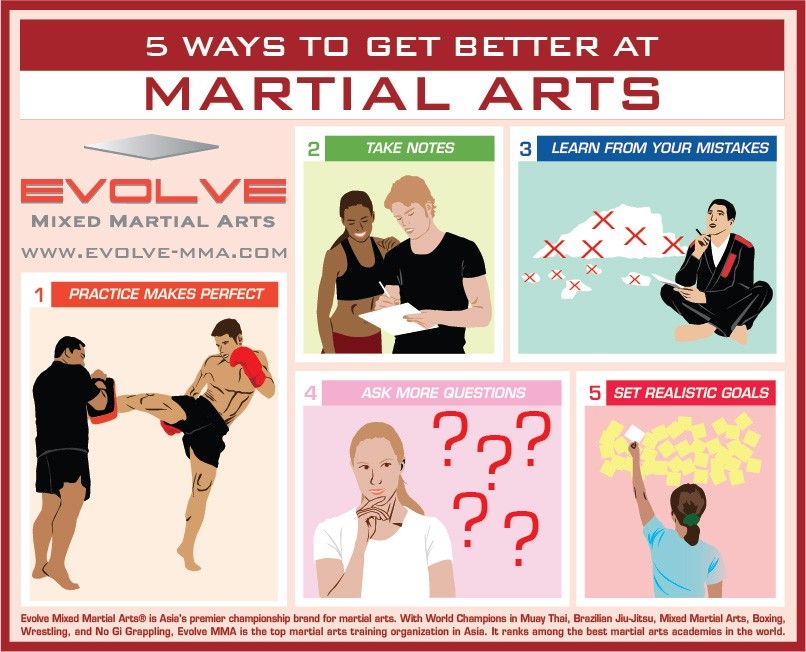The Growth And Historic Context Of Martial Arts Worldwide
The Growth And Historic Context Of Martial Arts Worldwide
Blog Article
Short Article Writer-Sutton Graham
Martial arts have a remarkable history that covers centuries and continents. You might discover it intriguing how old techniques like Shuai Jiao and Kalaripayattu prepared for modern combat methods. These self-controls not only stress physical abilities however additionally reflect the cultures that birthed them. As you discover their evolution, take into consideration exactly how globalization has changed these typical types into crossbreed styles. What influences do you believe have shaped today's martial arts landscape?
Ancient Martial arts: The Foundations of Battle
As you explore the globe of ancient martial arts, you'll discover the abundant structures that shaped fight techniques throughout societies. Early techniques concentrated on Self-Defense and survival, typically integrating strikes, grappling, and weaponry.
In old China, as an example, methods like Shuai Jiao highlighted throws and joint locks, while India's Kalaripayattu showcased agility and liquid activity. Japanese samurai developed Kenjutsu, a refined swordsmanship that highlighted discipline and technique.
These martial arts offered not just for fight but additionally as a means of individual development, instilling worths like regard and determination. The mixing of these strategies over time prepared for the varied martial arts you see today, each reflecting the special approaches and needs of its culture.
The Cultural Influence on Martial Arts Advancement
While martial arts commonly mirror the functional needs of a culture, they also symbolize the social values and beliefs of their beginnings. When you discover various martial arts, you'll discover just how they're affected by faith, viewpoint, and social norms.
As martial arts near me for adults only , the emphasis on regard and discipline in Japanese martial arts originates from Zen Buddhism and samurai culture. On which martial arts is best for self defense , Brazilian Jiu-Jitsu advertises flexibility and technique, shaped by the need for efficiency in a diverse, multicultural atmosphere.
martial arts history could find that the routines, attires, and training techniques reflect a neighborhood's background and identification. By understanding these social impacts, you deepen your gratitude of martial arts and their role in shaping human experiences across the globe.
Modern Adaptations and the Globalization of Martial arts
Martial arts have transformed considerably in current years, adapting to contemporary culture and global influences. You'll observe that standard kinds have mixed with modern methods, creating hybrid styles like MMA. get redirected here cater to varied target markets, making martial arts accessible and attractive worldwide.
With the surge of social media sites and digital platforms, you can locate tutorials and competitions from all edges of the world, breaking geographical obstacles. This globalization has caused a shared appreciation for various self-controls, from Brazilian Jiu-Jitsu to Taekwondo.
As you involve with these arts, you'll understand they're not practically fight; they promote health and fitness, discipline, and psychological wellness.
Eventually, contemporary adjustments have enriched the martial arts landscape, making it a vibrant and evolving technique.
Final thought
In discovering the history and advancement of martial arts, you discover a remarkable blend of strategies, societies, and ideologies. From ancient techniques like Shuai Jiao and Kalaripayattu to the contemporary versatility seen in mixed martial arts, martial arts mirror humankind's mission for Self-Defense and individual development. As you engage with these techniques, you not only get skills yet also a much deeper appreciation for the diverse traditions that form our world today. So, continue your trip and welcome the art of fight!
